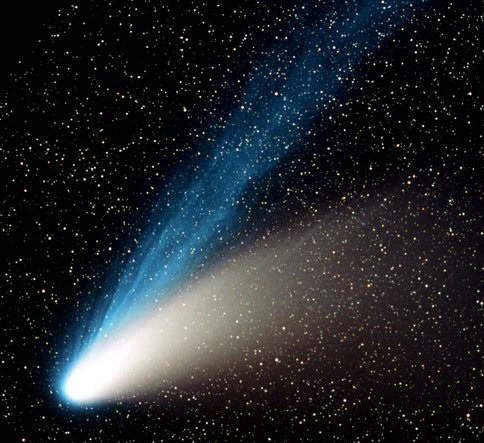
https://youtu.be/wfi4s2qgY-Y
nemesis maturity
Published on Sep 9, 2018
On Sept. 10th, Comet 21P/Giacobini-Zinner will make its closest approach to Earth in 72 years--only 58 million km from our planet. This small but active comet is easy to see in small telescopes and binoculars as it shines like a 7th magnitude star. The close approach coincides with a New Moon, providing a velvety-dark backdrop for the passage of the comet. Comet 21P/Giacobini-Zinner passes through the constellation of Auriga and between Gemini and Orion. The best time to look is during the dark hours before sunrise when the constellation Auriga is high in the eastern sky. Shining just below the limit of naked-eye visibility, the comet will remain easy to photograph for the rest of September. If you can only mark one date on your calendar, however, make it Sept. 15th. On that night, 21P will cross directly through the middle of the star cluster M35 in the constellation Gemini. Astronomer Bob King writing for Sky and Telescope notes that "the binocular view should be unique with the rich cluster appearing to sprout a tail!" Comet 21P is more than a mile in diameter and a frequent visitor to the inner solar system as it orbits the sun once every 6.6 years. On September 10th, 21P will not only be near Earth, but also at perihelion, its closest approach to the sun. 21P/Giacobini-Zinner is the parent of the annual Draconid meteor shower, a bursty display that typically peaks on Oct. 8th. Will the shower will be extra-good this year? Draconid outbursts do tend to occur in years near the comet's close approach to the sun. However, leading forecasters do not expect an outburst this year despite the comet's flyby. In case they are mistaken, many eyes next month will be on the shower's radiant in the constellation Draco. http://spaceweather.com/ Realtime Comet Photo Gallery http://spaceweathergallery.com/comet_... https://www.skyandtelescope.com/ https://in-the-sky.org/data/object.ph... https://in-the-sky.org/findercharts.p... https://theskylive.com/21p-info#skychart Clips, images credit: inthesky.org , NASA/ESA SpaceTelescope, NASA/JPL , ESO Music credit: YouTube Audio Library Cry - Vibe Tracks






 Sat Mar 23, 2024 11:33 pm by globalturbo
Sat Mar 23, 2024 11:33 pm by globalturbo

